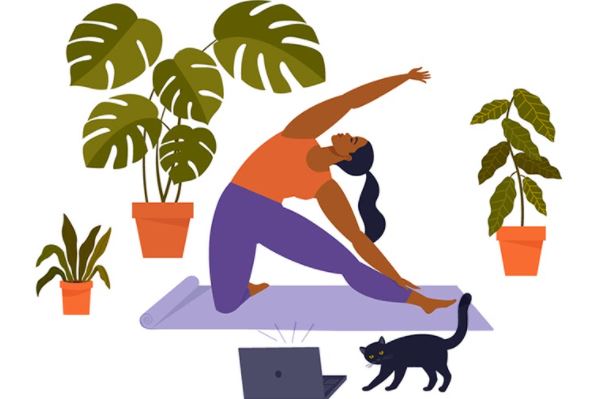Editors Note: The California Partners Project conducted a statewide listening tour with California mothers, parents, and caregivers to understand how they navigated the integration of technology and devices into most aspects of their children’s lives. These evolving toolkits and best practices are meant to meet parents where they are. Increasing physical activity is the fifth toolkit.
Physical activity promotes healthy bodies
School-age children should get 60 minutes of moderate to vigorous physical activity each day based on the Centers for Disease Control and Prevention (CDC) recommendations. In CPP’s Are the Kids Alright? report, 65% of the California teens interviewed in fall 2020 for the qualitative study had little to no exercise over a week. A study published in Pediatrics showed an increase of obesity by nearly two percent in children ages 2 – 17 from January 2019 – to December 2020, with more significant increases for Black and Latino children.
Physical activity promotes healthy bodies, restorative sleep, and opportunities to connect with others. Dr. Dana Tuttle, a co-founder of ScreenSense.org, suggests that setting limits on screen time can create space for physical activity. She also recommends parents have options ready to encourage movement like a jump rope or a ball and be prepared to join in when you have time to do so. For many working parents, making time to exercise, either individually or as a family, is challenging. In communities throughout California, parents we spoke to shared the practical strategies they use to encourage their kids to move.
Tips to increase physical activity
Tip 1: Take short walks together as a family.
Multiple caregivers shared their discovery that taking brief walks around the neighborhood helped encourage their kids to move, get outdoors, and reset their moods.
Tip 2: Volunteer to coach a recreational sports team.
Whether coaching a softball team, helping organize a bike trip, or joining in a yoga class for kids, having children see their parents or loving adults involved in a sport gives them a positive, active role model to emulate.
Tip 3: Create a family exercise challenge.
Create a sit-up, push-up, or dance competition your family can do right in your own home. These simple exercises are practical ways to get stronger and more fit without equipment or classes. (See Parents Together Family Challenge)
Tip 4: Visit a regional, state, or national park.
Encourage outdoor exploration with visits to regional, state, or national parks. Try a new activity like hiking or fishing. Plan a camping trip with other families to promote social connection while you are outdoors. (See How-to Vamos Outdoors, Latino Outdoors)
Resources
https://www.calpartnersproject.org/arethekidsalright
https://www.parks.ca.gov/
https://parents-together.org/30-day-get-outdoors-family-challenge/
https://latinooutdoors.org/vamos-outdoors-learning-resources/
As California mother’s, we are bringing these toolkits to you through a cross-collaborative campaign. San Francisco Bay Area Moms is proud to be working with Ventura County Mom Collective and Inland Empire Mom Collective. We too, want to “ensure our state’s media and technology industries are a force for good in child development” (part of California Partners Project Mission Statement). #TechTips4CaliMoms

















